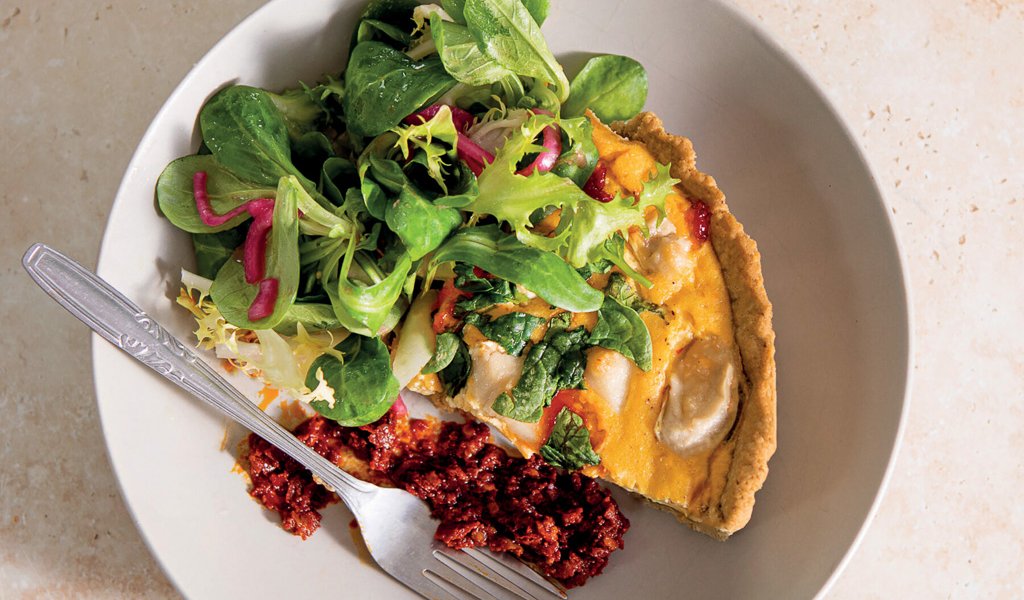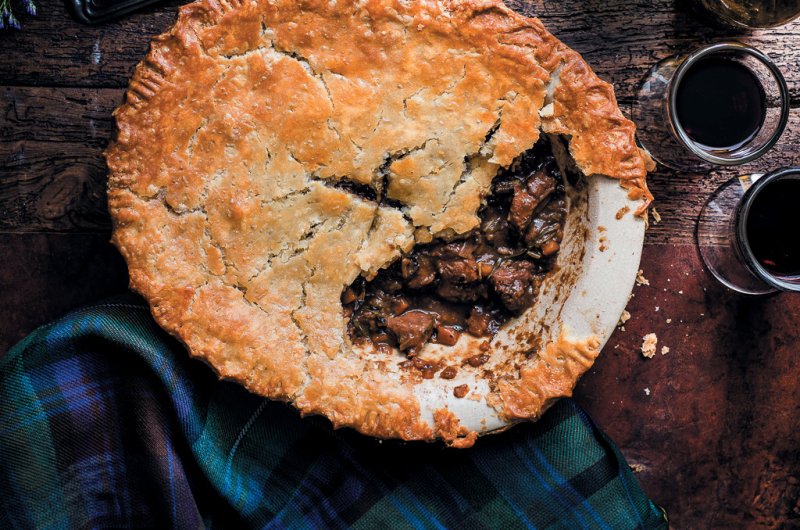This month, we are offering a vegan meal, writes the omnivore known as Barrie Farnsworth.
VEGANUARY (January) has inspired and supported millions of people to try vegan since 2014 – with participants from almost every country in the world.
One common motivation for shunning steak and stilton and going vegan is the promised health benefits. The vegan diet is generally considered to be higher in fibre and lower in cholesterol, protein, calcium and salt than an omnivorous diet – but there are still misconceptions and concerns around cutting meat, fish, eggs and dairy completely from our diets.
One common concern is whether a vegan diet provides enough vitamin B12, which helps prevent nerve damage, and is found in meat, fish, eggs and dairy, but not in fruit or vegetables. It’s recommended that adults consume 1.5 micrograms of the vitamin per day.
A recent study involving 48,000 adults compared the health of meat-eaters, pescatarians – who eat fish and dairy but not meat – and vegetarians, including some vegans. They found that people who eat vegan and vegetarian diets have a lower risk of heart disease, but a higher risk of stroke, possibly partly due to a lack of B12. Obviously, vegans can take B12 supplements.
But watch out for vegan junk food, some experts say, which can be as unhealthy as meat-based junk food.
The NHS says this is a ‘healthy vegan diet’:
- Eat at least 5 portions of a variety of fruit and vegetables every day;
- Base meals on potatoes, bread, rice, pasta or other starchy carbohydrates ( choose wholegrain where possible);
- Have some fortified dairy alternatives, such as soya drinks and yogurts;
- Eat some beans, pulses and other proteins;
- Eat nuts and seeds rich in Omega-3 fatty acids (such as walnuts) every day;
- Have fortified foods or supplements containing nutrients that are more difficult to get through a vegan diet, including vitamin D, vitamin B12, iodine, selenium, calcium and iron; and
- Drink plenty of fluids (6-8 cups or glasses) every day.
Poacher's Pie
Ingredients
- For the filling
3 tbsp vegetable oil
2 sticks celery, diced
2 large carrots, diced
1 large onion, diced
2 cloves garlic, crushed
1 bay leaf
1 sprig rosemary
2 sprigs thyme
500g mixed, diced game meat
3 tbsp plain flour, well seasoned
500ml stout
350ml chicken stock
100g prunes, destoned and chopped in half
For the pastry200g self-raising flour, plus extra for dusting
100g shredded suet
1 egg yolk, for glazing
Method
1. Heat the oil in a casserole over a medium heat and fry the vegetables, garlic and herbs until golden, then scoop out onto a plate. Toss the game meat in the seasoned flour and brown in batches, until really golden, then scoop out onto a plate.- Pour in the stout and scrape all the chewy bits off the bottom of the casserole with a wooden spoon. Add the stock and prunes, along with the browned meat and vegetables, lower the heat and cook gently for 2 hours or until the meat is very tender. Tip into a pie dish and cool.
- For the pastry, mix the flour and suet together in a large bowl. Add 100-120ml of cold water and a good pinch of salt, and work by hand until the dough comes together – don’t overwork it and let it become sticky. Wrap and chill for 30 minutes.
- Heat the oven to 200C/fan 180C/gas 6. Roll the pastry out on a lightly floured worksurface until a little bigger than the pie dish. Drape over, then crimp to seal. Brush with a little beaten egg then put into the oven for 30 minutes or until golden brown and crispy on top.







